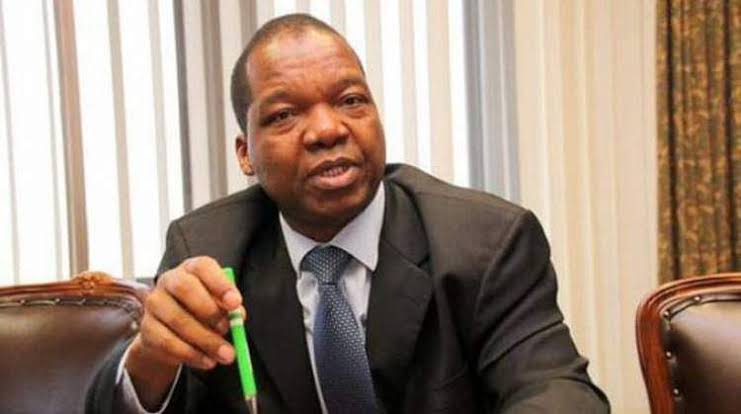
Zimbabwe’s gold-backed digital tokens are “at an advanced stage of rollout for daily transactions,” according to the reserve bank governor.
Given that ZiG, in its current structure and functionality, shares many characteristics of a CBDC, it is envisaged that this instrument would serve as the foundation for the country’s central bank digital currency (CBDC).
Local news sources claim that Zimbabwe is now edging closer to adopting the Gold Backed Digital Tokens (GBDT) as a medium of exchange for commonplace business dealings.
Tokenized digital currencies were introduced with the intention of strengthening the domestic currency while also giving the market an alternate outlet for investment, departing from the custom of seeking the U.S. dollar on the black market.
These instruments, which can be used as a form of payment by both individuals and businesses, are expected to help keep the value of the Zimbabwean dollar stable.
Governor John Mangudya of the Reserve Bank of Zimbabwe (RBZ) revealed that efforts are currently under way to increase the adoption of these instruments by introducing GBDTs as a vehicle for carrying out transactions while releasing the mid-term Monetary Policy Statement (MPS).
The Bank is well along in its planning for the ultimate implementation of GBDT for transactional uses in Phase II of the project under the code or term ZiG, which stands for Zimbabwe Gold.
The usage of domestic transactions in US dollars will complement the GBDT during the transactional phase, it is anticipated.
The RBZ Governor stated that extensive awareness campaigns will be run throughout the nation’s provinces and districts to inform the public about the benefits and use of GBDT.
Given that ZiG, in its current structure and functionality, shares many characteristics of a CBDC, it is envisaged that this instrument would serve as the foundation for the country’s central bank digital currency (CBDC).
It was revealed during the MPS that the Gold Coins kept their significance as a crucial tool for monetary policy, absorbing more than $35 billion in Zimbabwean dollars as of July 14, 2023 from a total count of 36,059 coins.
On January 25, 2023, the first maturity following the 180-day vesting period occurred, and as of this writing, just 769 gold coins (representing 2% of the total number sold) have been reclaimed. This demonstrates, in RBZ’s opinion, that it is in fact recognized as a trustworthy store of value.
Mangudya claimed that the GBDT’s success is also due to the economy’s rising market demand.
“As of July 21st, 2023, the Bank had issued GBDT in 11 transactions, and received 590 applications to buy tokens worth ZW$50.50 billion and US$7,794.87. As a result, the Bank issued 325,024,524 milligrams, which is equal to 325.02 kg of gold,” he continued.


